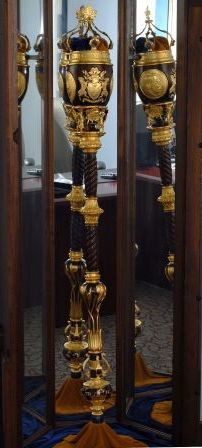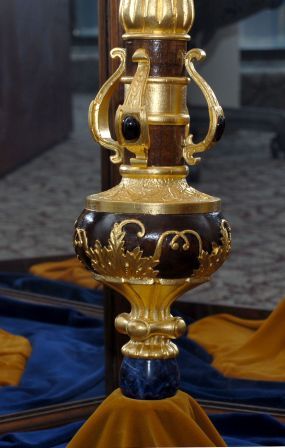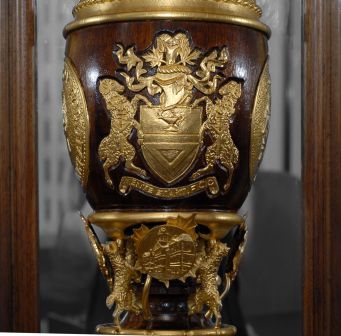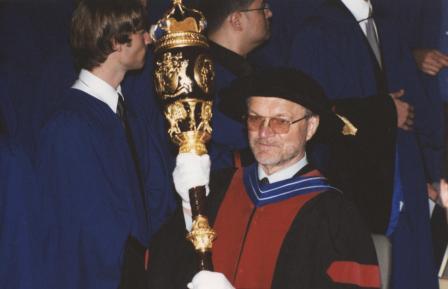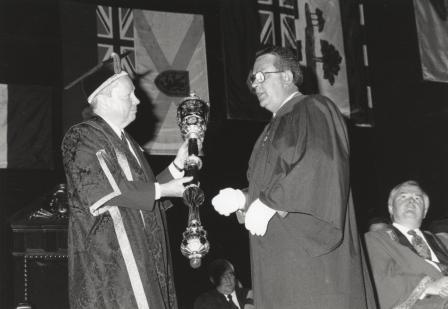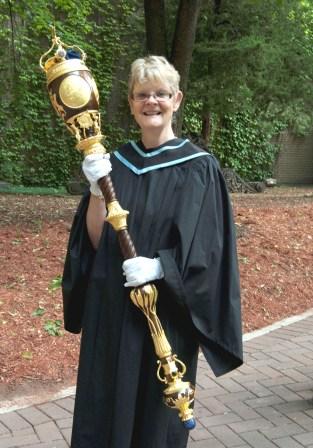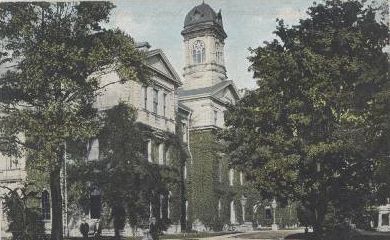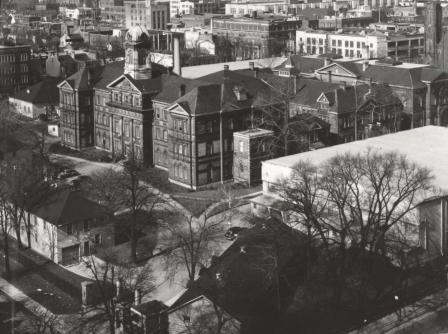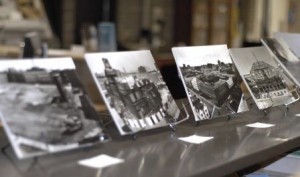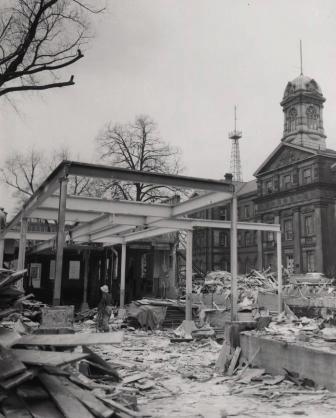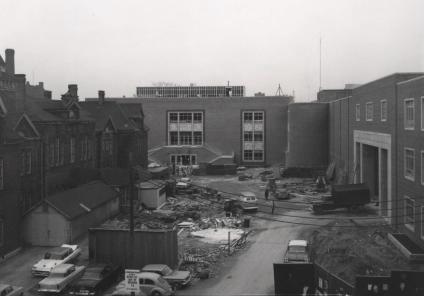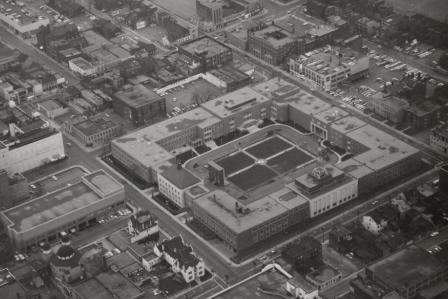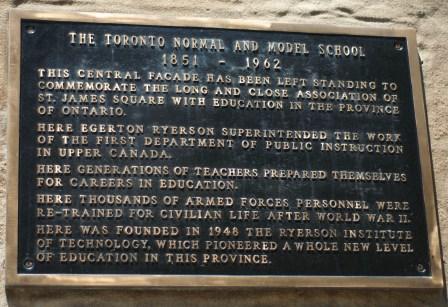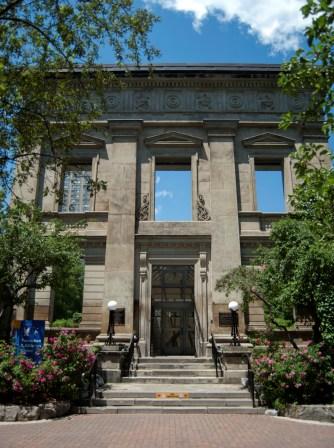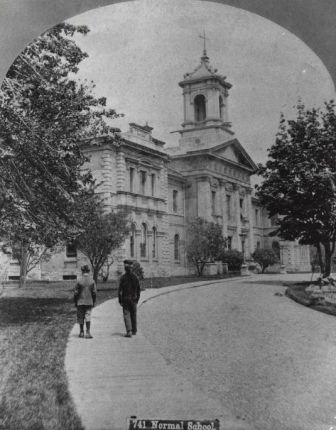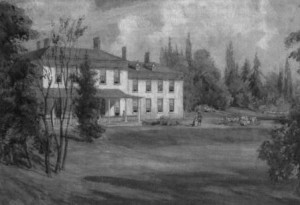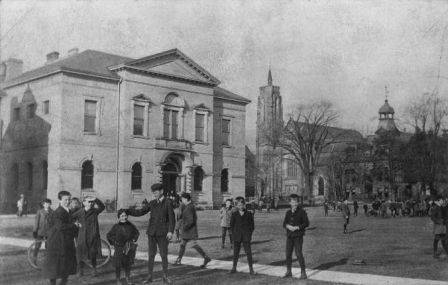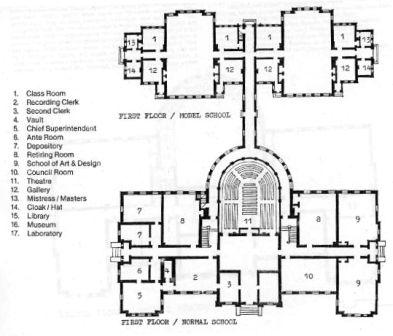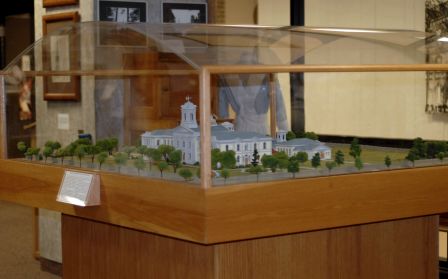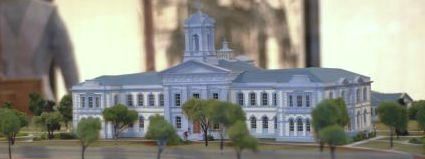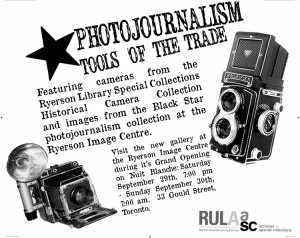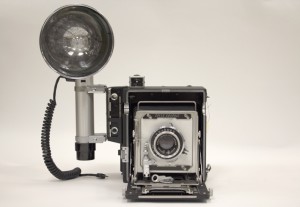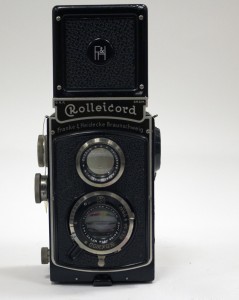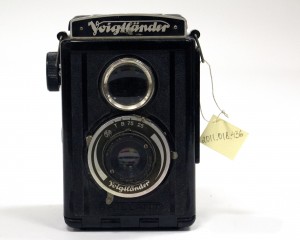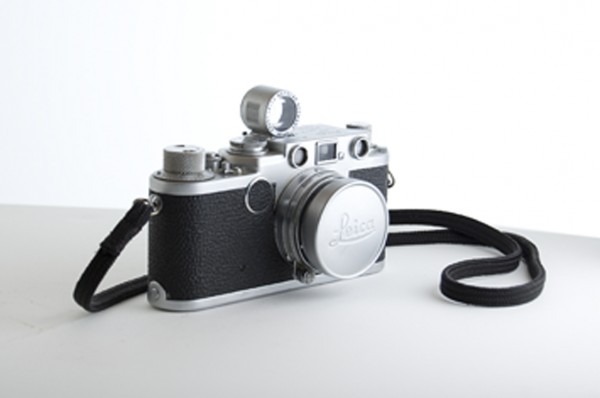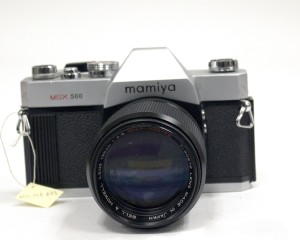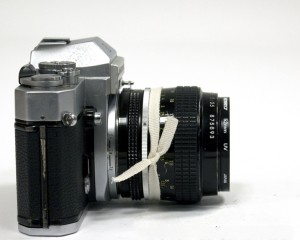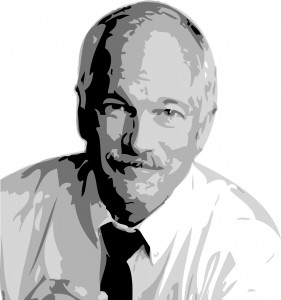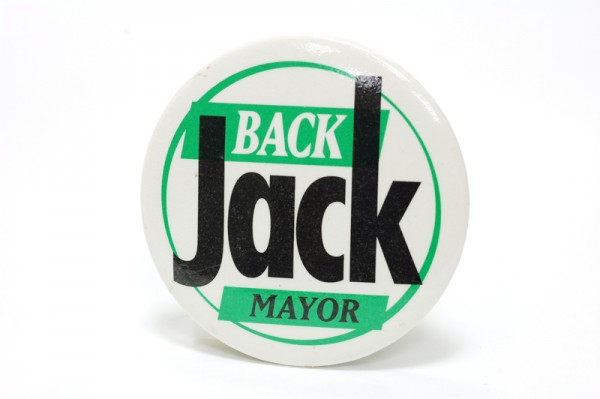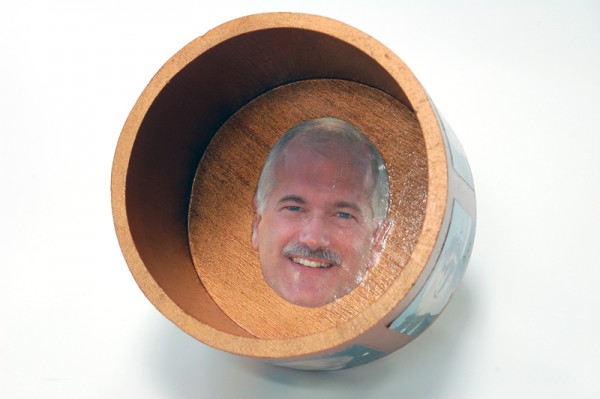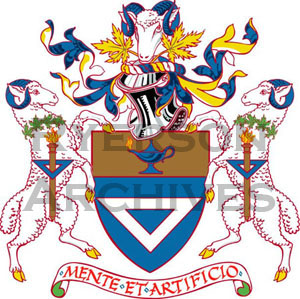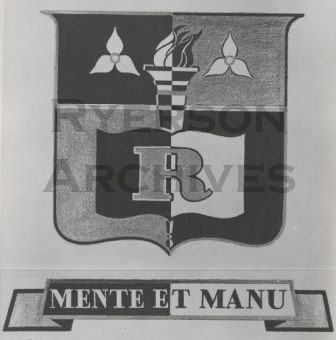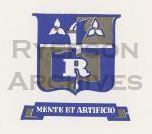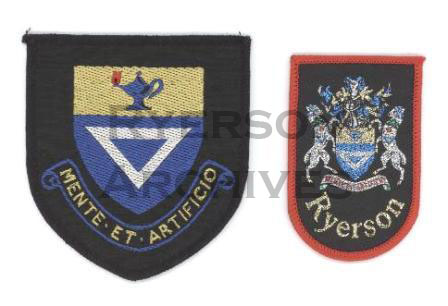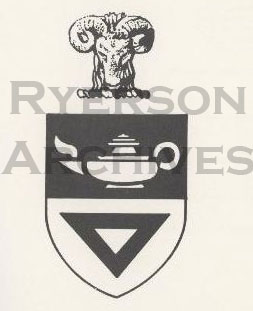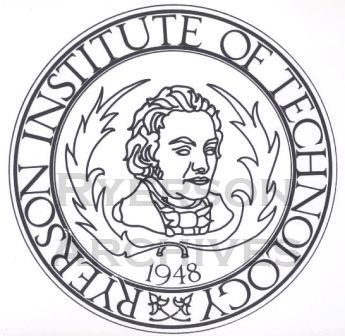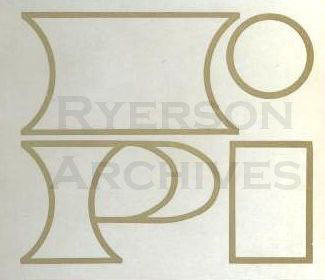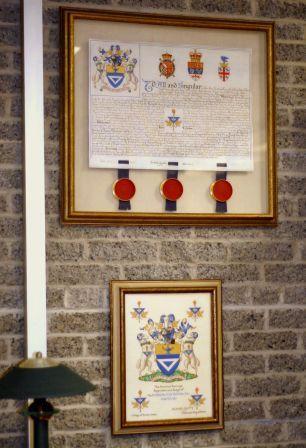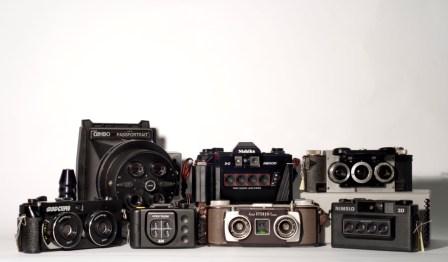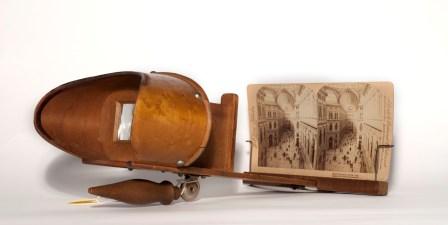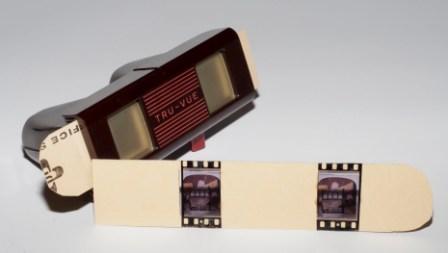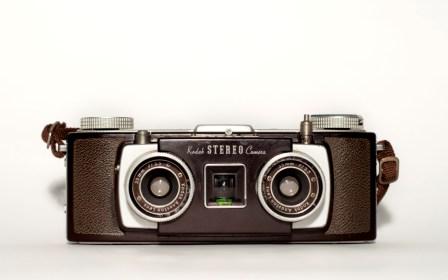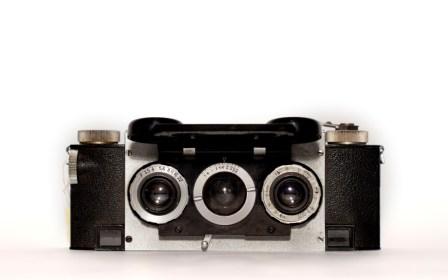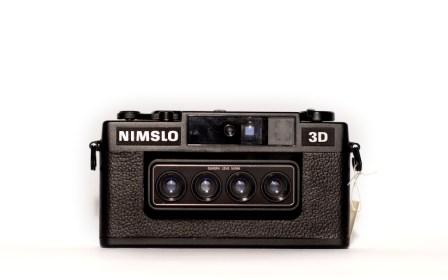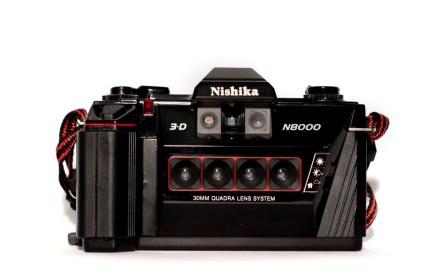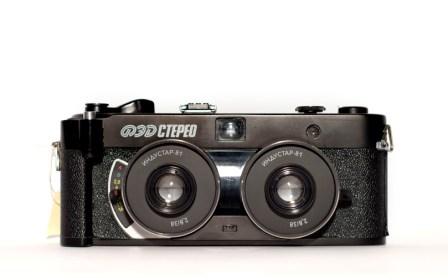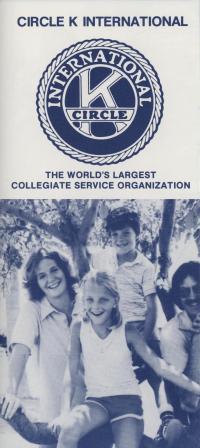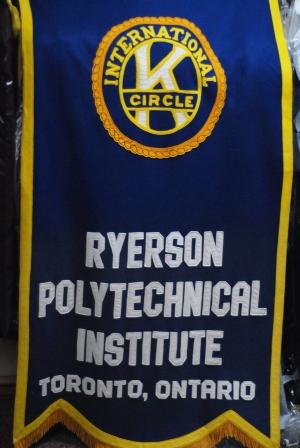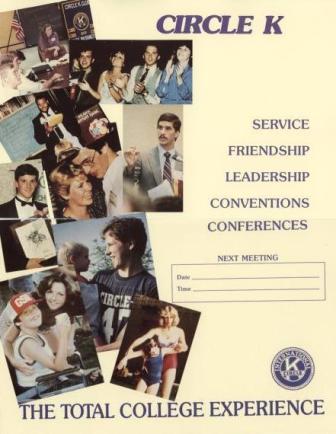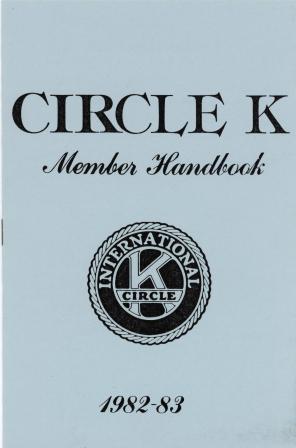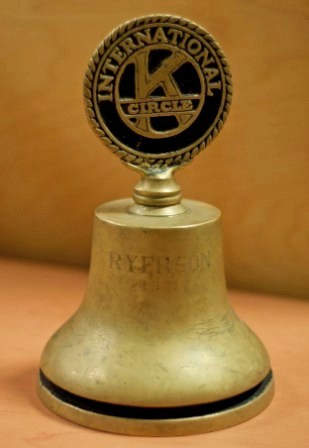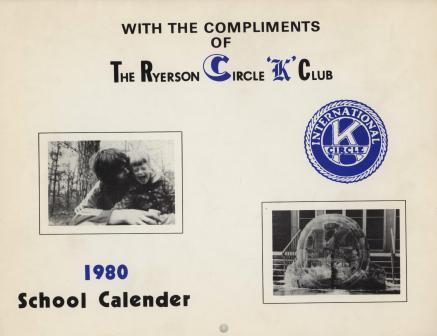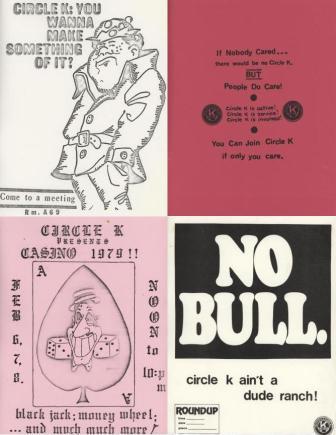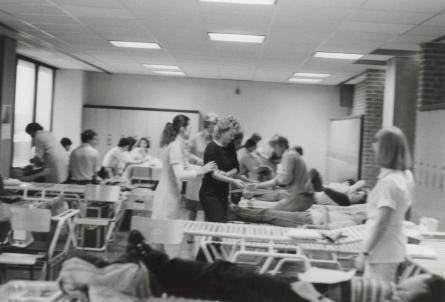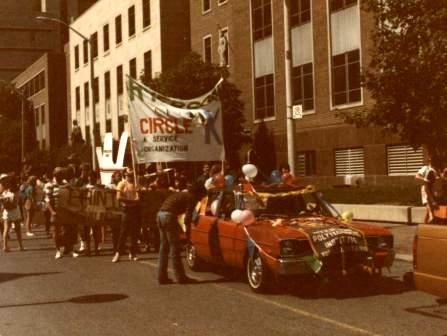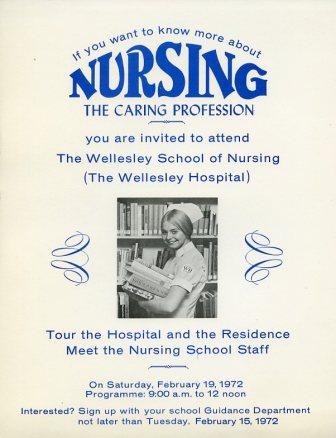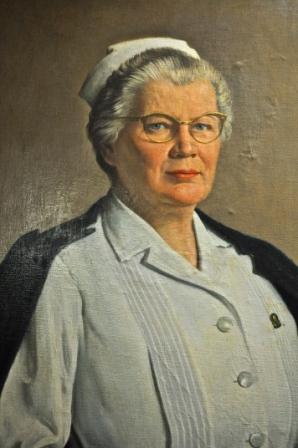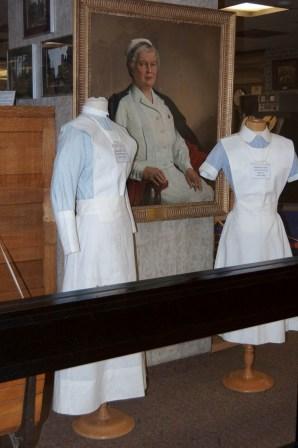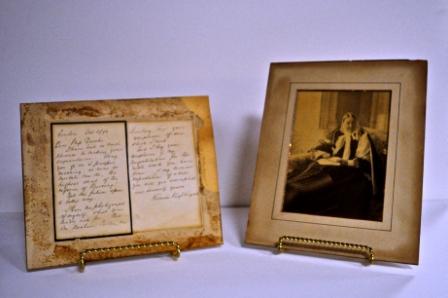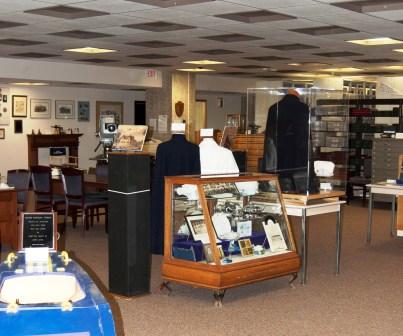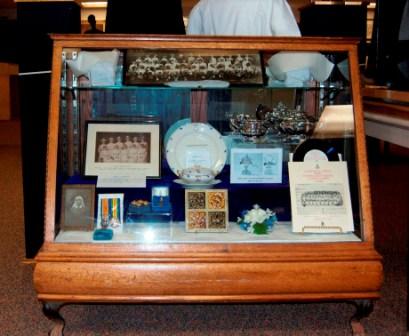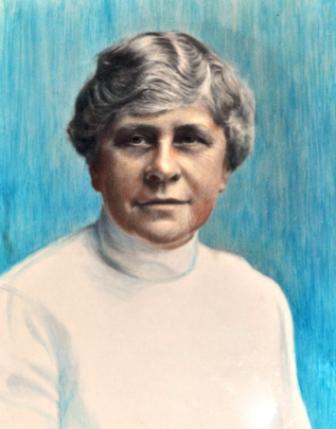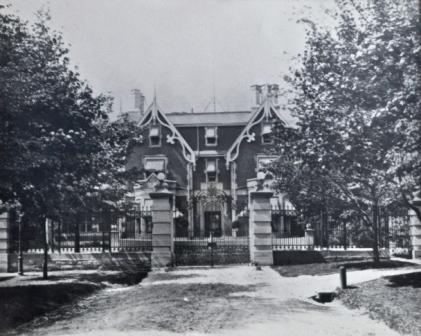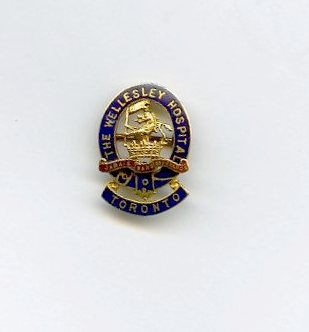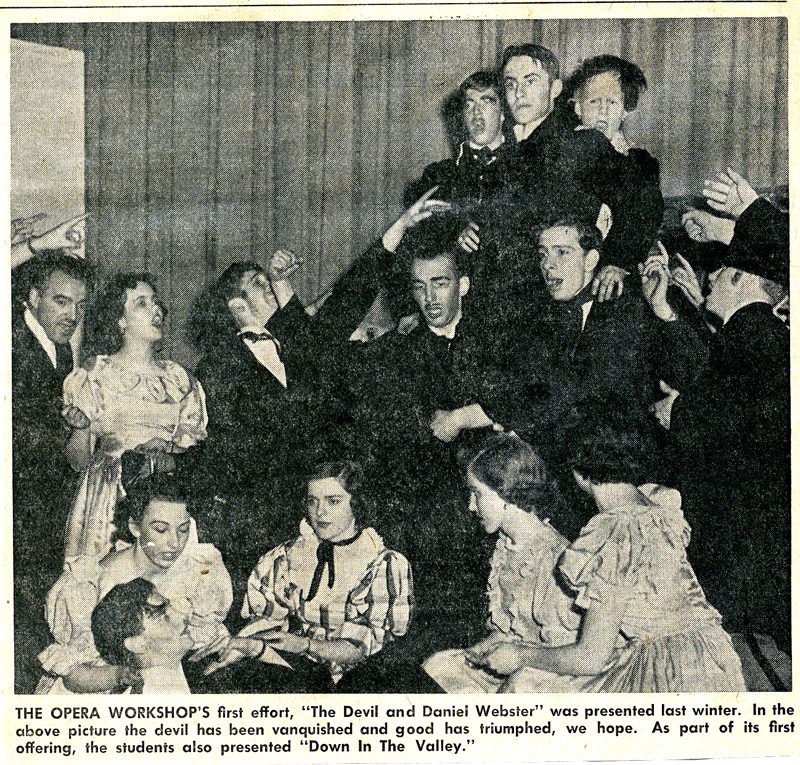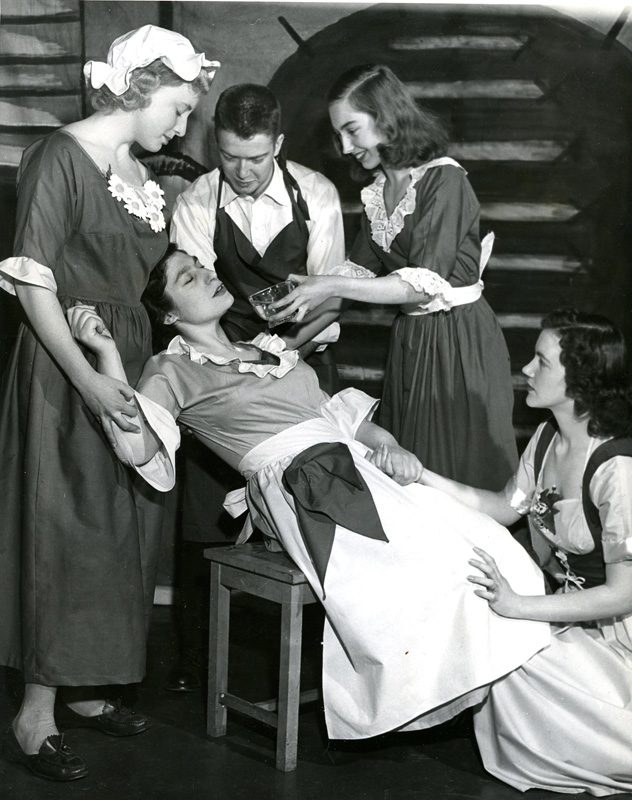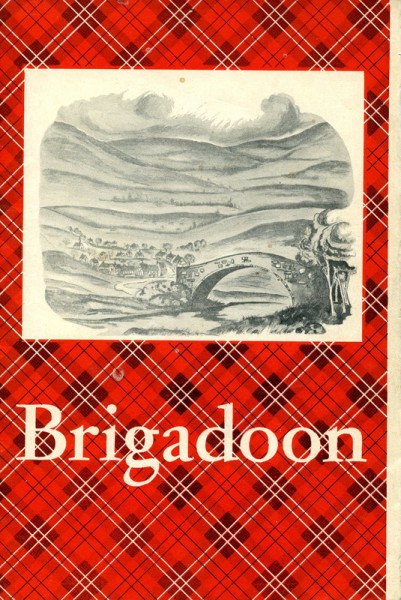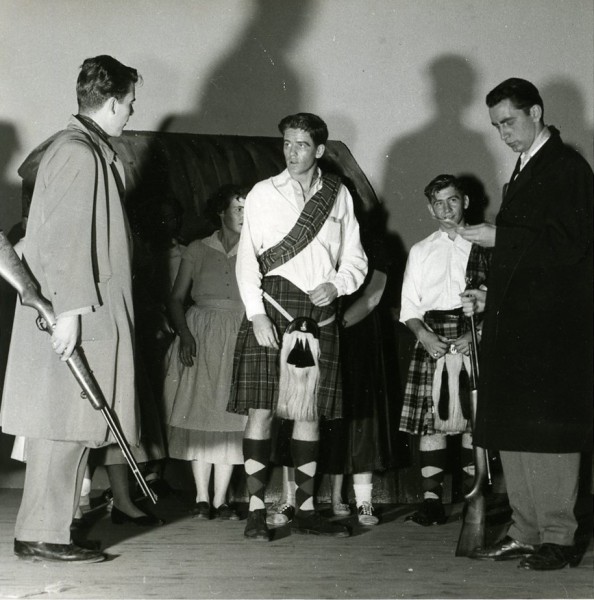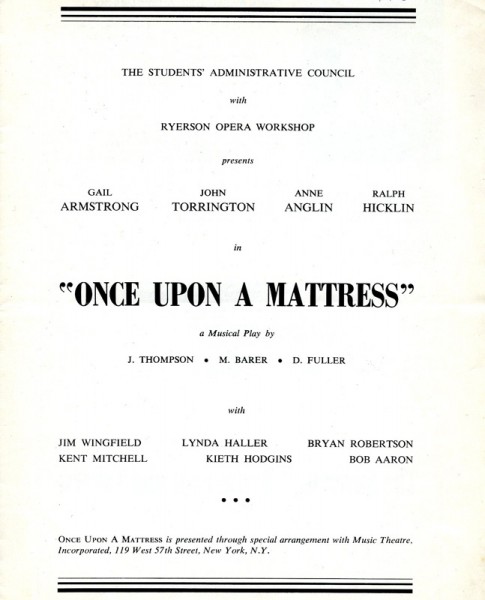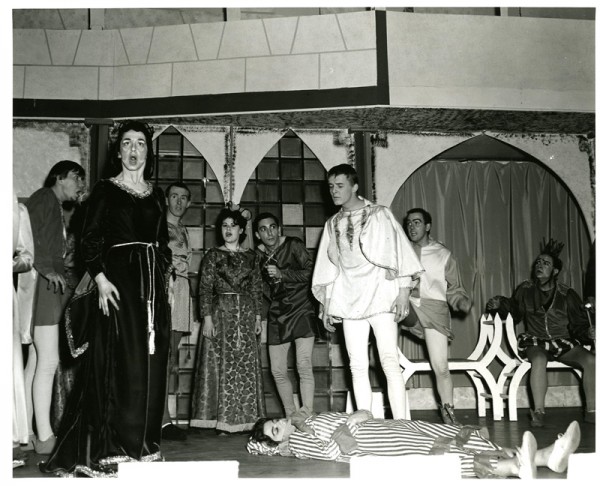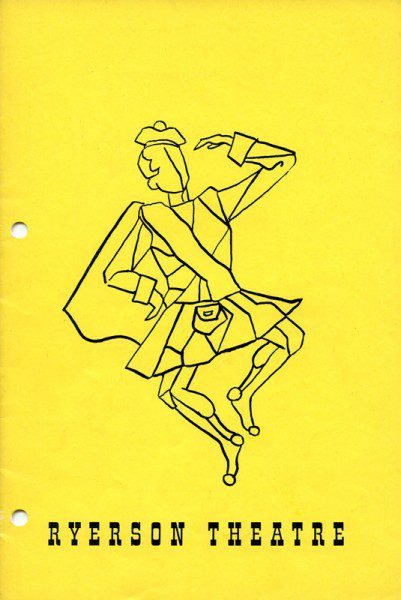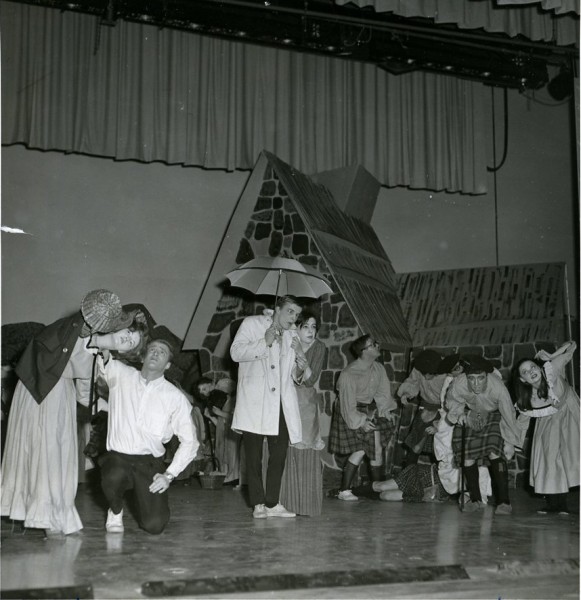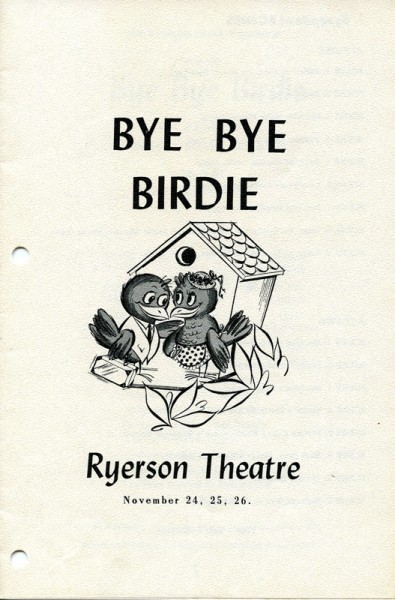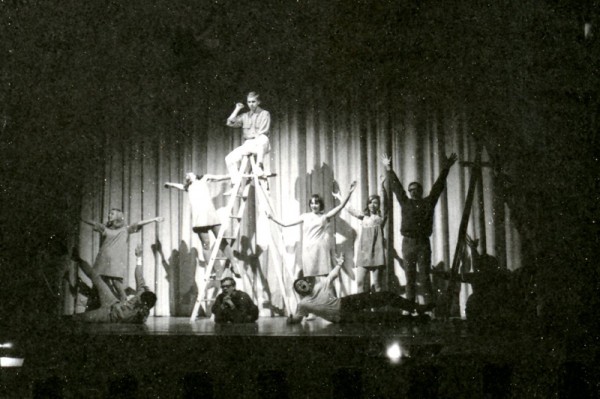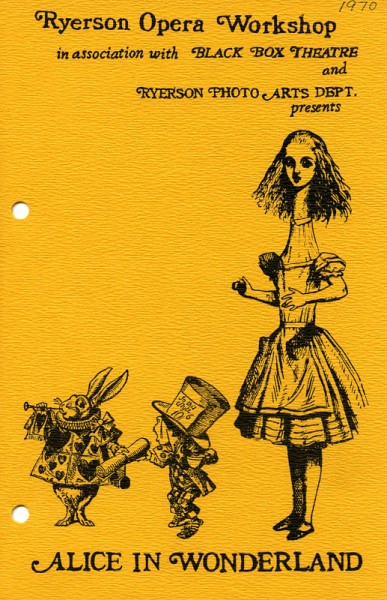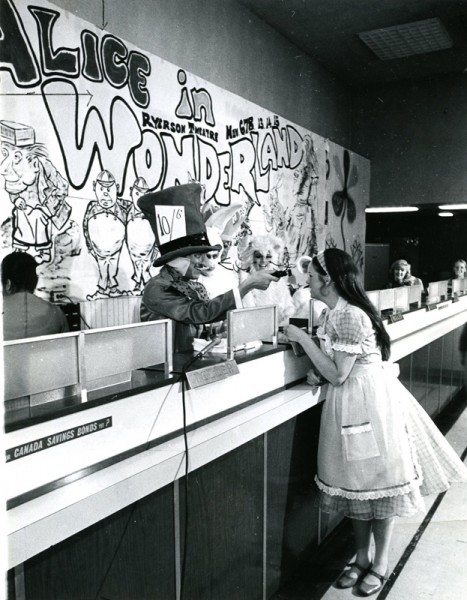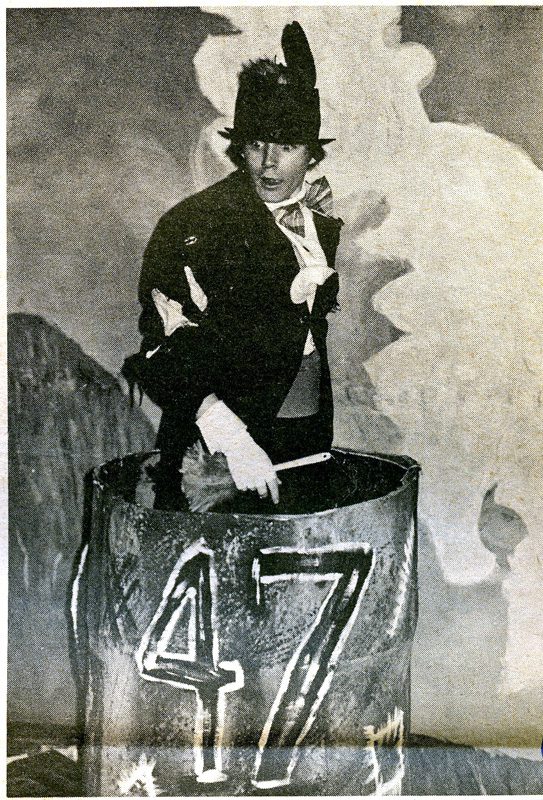It is convocation season and our graduates are eager to have that prized piece of paper in their hands. Degrees are not the only precious items held throughout the convocation ceremonies. Another ceremonial object to be excited about is the Howard Kerr Memorial Mace, carried during each convocation procession.
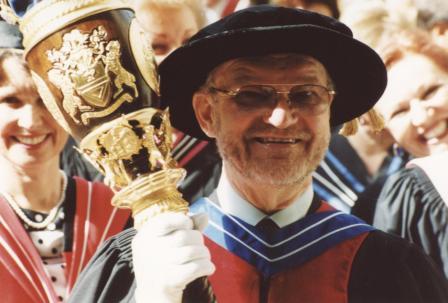
Historically speaking, the Howard Kerr Memorial Mace is not very old but it is rooted in a rich history of Ryerson’s growth and transformation over the years. Each university traditionally owns a mace which plays a major role in ceremonies and convocations. It is a great symbol of pride and of the authority of the chancellor to award degrees to students. And so, when the Ryerson Institute of Technology was officially renamed Ryerson Polytechnic University in 1993, a mace was necessary to symbolize this new status, and Professor Bannerman of the Psychology Department brought forth this necessity into attention.
Many incorrectly assume that Egerton Ryerson is the founder but it was Howard Kerr who founded the Ryerson Insititute of Tecnology in 1948 and named it as such in Ryerson’s honour. Bannerman felt it would be ideal if Seaforth, Kerr’s hometown, paid him tribute as the founder and first principal of Ryerson and contribute to a mace. He appealed to the citizens of Seaforth and the surrounding district as well as to Kerr’s friends and family. By 1992, the Memorial Mace Committee was formed with Bannerman as the Mace Coordinator.
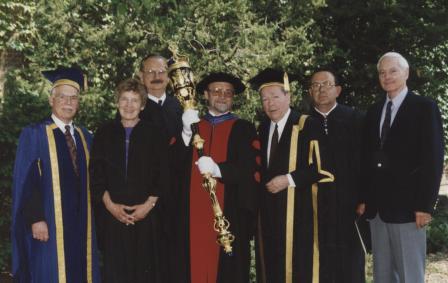
Many Seaforth scholars attended Ryerson and during convocation the town felt that sense of pride and unity. The citizens felt donating a mace would be a great opportunity for Seaforth to ingrain that connection and become a part of Ryerson’s history. People were enthusiastic and donations ensued. Around fifty individuals and groups affiliated with Seaforth, Kerr, or the school donated and they raised over $18 000.
Ryerson was not mace-less or tradition-less before the creation of the Memorial Mace, however. The Memorial Mace is actually the third convocation symbol. The first symbol was the Lamp of Learning donated by Doug McCrae, the first director of the School of Furniture Arts and it was originally used as a trophy for chariot races. It was replaced in 1985 by the Oakham House Debating Society’s mace, carved by faculty member Jim Peters. It was not meant to be a convocation mace because of its large ram’s head and a chain-link central section, symbolizing coherence and good debate. Both past symbols are now housed at the Ryerson Archives.
Douglass Morse was commissioned to carve the new mace and he incorporated a number of historic and traditional symbols to represent Ryerson, as well as to recognize Kerr and the town of Seaforth.
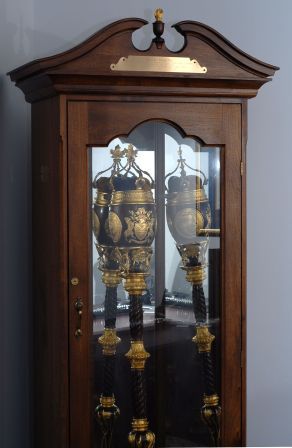
The mace is:
- 53 inches (134.62 cm) long
- made of solid turned walnut
- characterized by intricate protuberances and 24 carat gold leaf details
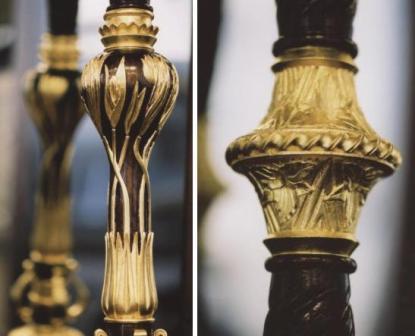
Carved symbols on the mace are representative of:
- Past – Egerton Ryerson’s portrait and the facade of the 1852 Normal School
- Present – Ryerson’s coat of arms on the crown of the mace
- Future – the space shuttle Columbia flown by Canada’s first female astronaut Dr. Roberta Bondar of Ryerson’s Centre of Advanced Technology and Education
- Ontario – provincial emblems on the crown: trilliums, maple leaves, and amethysts (Ontario’s official mineral)
- Donors from Howard Kerr’s hometowns: the coat of arms of the Townships of Seaforth and McKillop
- Founder of Ryerson – portrait of Howard Kerr
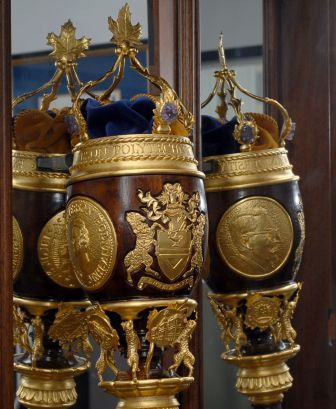
By the spring of 1994, the mace was complete and it was used in the convocation procession. Mace Committee members Ross and Ribey presented it to Mr. Crombie, the recently new and first Chancellor, on behalf of the donors. Dr. Bannerman was appointed bedel (mace-bearer) and continued on with this role at every convocation until he retired in 2001.
Today, there is one bedel from every faculty, changing with each convocation.
Howard Kerr was certainly an important figure in the development of Toronto Metropolitan University and his contributions are embedded in Ryerson’s past, present, and future. He once said, “My whole life is Ryerson. I live it, eat it, sleep it”.
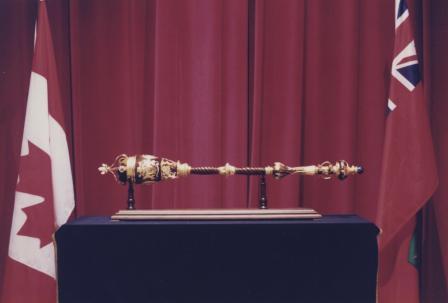
In 2012 Ryerson was bestowed another honour with the presentation of the Eagle Staff. Both will now be present at every convocation. For more information on the Eagle Staff, please read the Toronto Metropolitan University Magazine story on the Eagle Staff.
